Cricket is a batting and bowling based team sport that originated in England nearly 500 years ago. Despite not being renowned for its simplicity, the game has grown to be internationally loved by millions. The beauty of cricket comes from the different versions of the game that can be enjoyed: from electrifying T20 that will last a matter of hours, to an engrossing Test match that can go on for five days. Here we provide a quick taste of the cricket basics, giving an overview of the rules, some key terms and recommendations of who to see and where to see them.
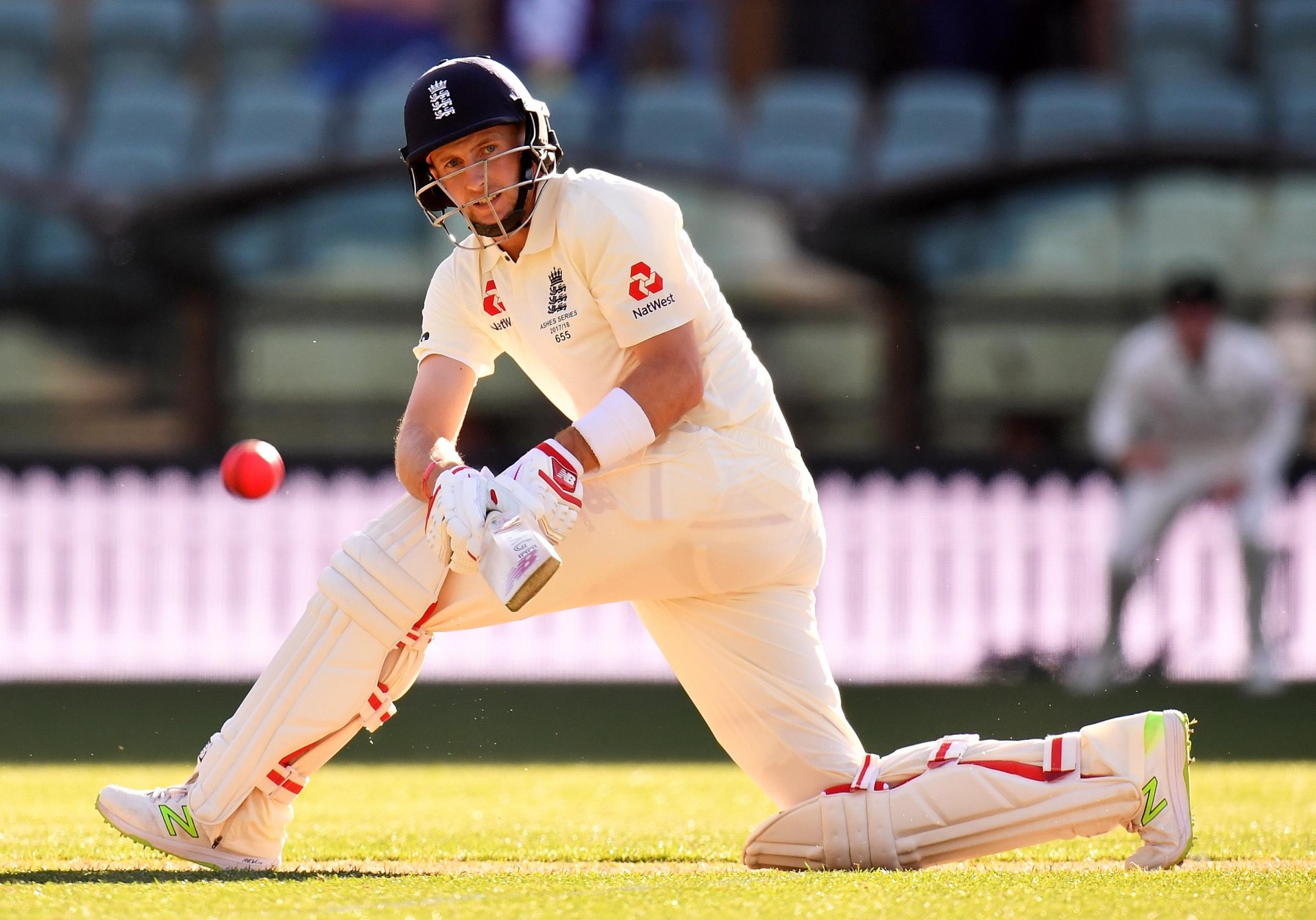 Country of Origin
Country of Origin
Cricket was first played in England. The British Empire was influential in the expansion of the game internationally. Today there are over 100 recognised cricketing nations.
Background
Cricket dates back to the 16th century. In the late 1800s the game grew in structure, with the formation of the County Championship, a competition that still exists today. International cricket started to take centre stage in the 20th century as countries such as New Zealand, India and the West Indies began to participate.
The Rules
The basic premise of cricket is that the team, made up of 11 players, who scores the most runs wins the match. During a game there are 13 players in total on the field at one time: two batsmen, one bowler, one wicketkeeper and nine fielders. In the middle of the field is a 20-metre pitch with a target, called a wicket, at either end.
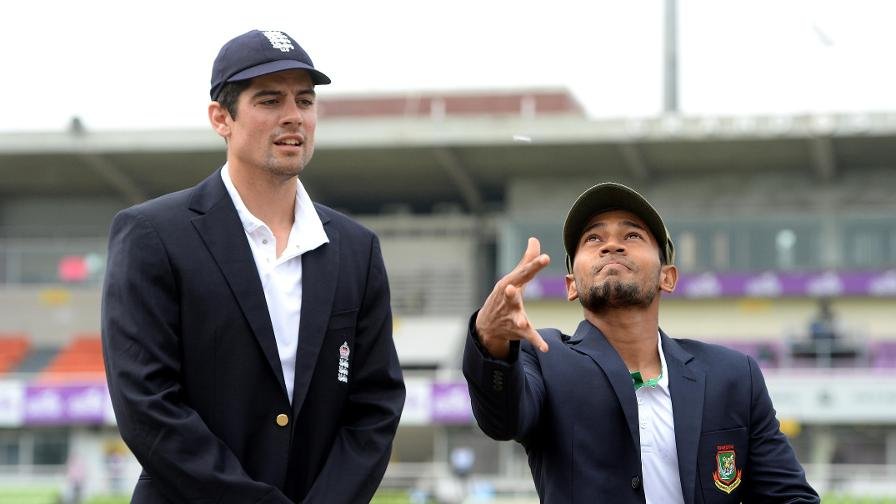
The game begins with the captains of each side contesting a coin toss to determine who will bat and bowl first. The bowler bowls the ball to the batsman, who attempts to hit the ball and protect the wicket. Once the batsman has hit the ball, they can run to the opposite wicket. Both batsmen must get safely back to their crease for one run to be scored. If the ball is hit to the boundary, four runs are scored. If the ball goes over the boundary, six runs are scored.
The batsman can be dismissed via a number of ways, the most common being bowled, caught, LBW, run out or stumped. When a batsman is out, they are replaced by the next batsman in the batting order. This is repeated until 10 of the 11 batsmen are dismissed as there must be two batsmen in at once.
Key Terms
LBW – this stands for leg before wicket. This refers to when the batsman’s leg is struck by the ball, preventing it from hitting the wicket, and results in the batsman being out.
Bowled – the bowler strikes the wicket with the ball, resulting in the batsman being out.
Run out – the batsman is going for runs but fails to make it back to the wicket before the fielding team have hit the wicket with the ball.
Stumped – the bowler draws the batsman out with a short ball, and the wicketkeeper catches the ball and hits the stumps.
Innings – the period in which a team bat.
Over – Six consecutive balls bowled by the bowler.
Declare – a captain decides to end their team’s innings before all of the batsman are out.
All Out – ten of the team’s batsmen get out, so the team finish batting.
Whitewash – to win a series without the other team winning a game.
Scoring: A cricket score will display the number of runs achieved by the team batting and the number of wickets taken by the bowlers. For example, if a team were 210-7, this would mean 210 runs had been scored, and 7 wickets had been taken.
When a batsman scores 50 runs, this is known as a half-century. Scoring 100 runs is called a century.
If team number one were all out for 288 and team number two were all out for 285, then team number one would have won by 3 runs. If team number one were all out for 200, and team number two, batting second, scored 201-6 then they would win by 4 wickets, as that is how many wickets they had left before they reached their target.
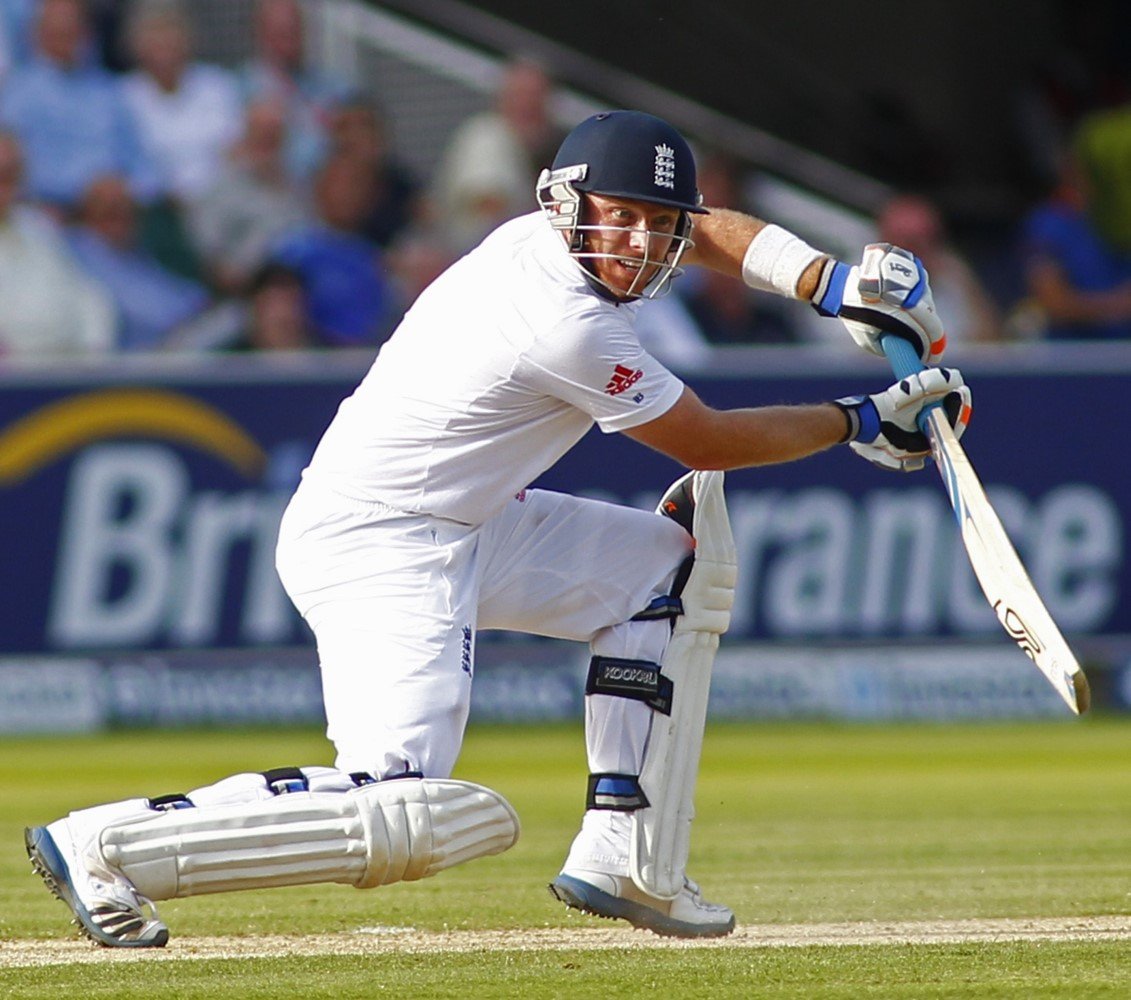
Positions:
There are four main positions in cricket: batsman, bowler, wicket keeper and fielder.
Batsmen - can play either offensively, if they are trying to chase a run target, or defensively, if they are trying to simply not get out and prolong the game. An opening batsman refers to a batsman who bats first and tends to be one of the team’s strongest batsman.
Bowlers - can be classified as either a pace bowler or a spin bowler. Pace bowlers use the weapon of speed to dismiss a batsman. They are described as being a “right/left arm fast bowler”. On the other hand, spin bowlers use rotation to make their bowling unpredictable and deceptive. Spin bowlers thrive when the pitch is dusty, whereas fast bowlers are preferred when the pitch is hard.
Wicket keeper - stands behind the wicket of the batsman receiving the ball. They aim to stump or catch the batsman out.
The remaining nine players are positioned around the field and aim to catch the batsman out.
A special mention also goes to the captain. In cricket, this position holds much more responsibility than in any other sport. Whilst in football, the captain may simply be the most vocal, experienced or inspiring team member, a cricketing captain must be the most tactically aware. They have duties that include calling whether to bat or bowl first, when to declare, what type of bowlers to use depending on the conditions and game situation and which fielders to position where.
A team of 11 is normally made up of five-six specialist batsmen and four-five specialist bowlers along with a wicketkeeper.
Variations
There are four main forms of cricket: Test, First Class, One Day and Twenty20.
Test cricket - is regarded as the highest standard of the game. Lasting up to five days, it is the longest and most grueling form of cricket. It is contested between international sides, often in a two, three or five game series. The length of Test matches means that there are two intervals each day, for lunch and tea.
Teams have alternate innings to bat, and have two innings each to score as many runs as possible. A Test match concludes in one of four ways:
Due to the possibility of a draw regardless of how far ahead one team is, Test cricket is a highly tactical version of the game. There is a great deal of impetus on the captain to decide if and when to declare. They must get the balance right between ensuring their team has a big enough run lead, but also guaranteeing that they have left enough time to bowl their opponents out. The captain must also make a big decision at the start of the game if the toss is won: whether to bat or bowl first. This is dependent on the weather and conditions. If ideal bowling conditions present themselves, the captain would want to take full advantage and bowl first, and vice-versa with batting conditions. First class cricket is very similar to Test cricket, in that every Test match is a first class game, but not every first class game is a Test match. Like Test cricket, a first class match is made up of 4 innings and has a duration of at least 3 days. However, it is not necessarily between two international sides.
One Day International cricket (ODI) - follows the regular rules of cricket, but a match is restricted to a single innings of 50 overs. Each bowler only bowls for a maximum of 10 overs. As the name suggests, only international sides compete in ODI cricket but there is also non-international One Day cricket, known as List A cricket. Similarly to Test cricket, ODI matches are often as part of a three or five game series. List A cricket is played in various forms of domestic league.
Twenty20 (T20) - is the most modern and shortest form of cricket. Its name is derived from the fact that both teams are batting for one innings of just 20 overs. It’s therefore fast, frantic and incredibly exciting.
Competitions
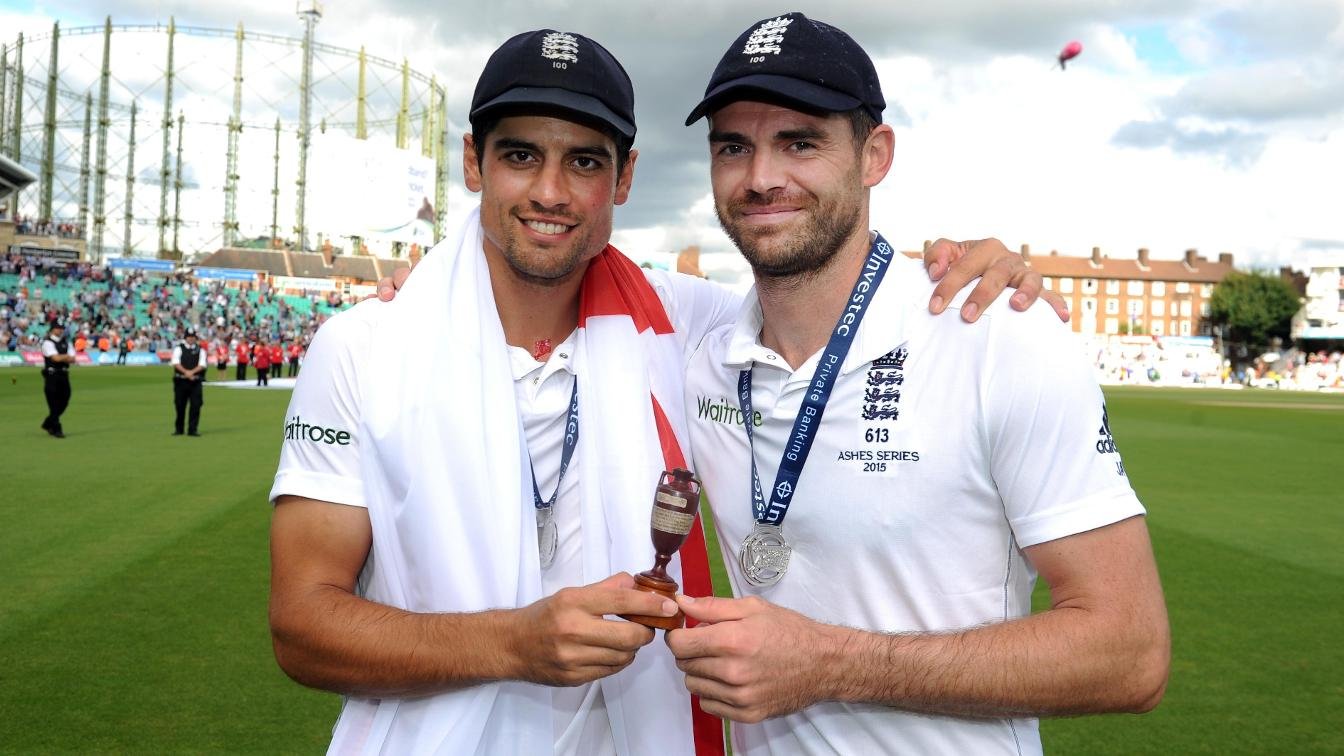
Unlike most sports, there is currently no major international tournament for Test cricket. There is no Test cricket equivalent to the FIFA World Cup or a grand slam tennis tournament due to the sheer length of each individual match. Interestingly, a Test Championship is currently being planned but has not taken place yet. Presently International sides simply play one off Test series against each other throughout the year. However, there is one international Test series like no other. An intense and bitter rivalry comes to the boil roughly every two years with a mammoth five match Test series, and the winners walk away with a 15cm urn and bragging rights. This is, of course, the famous Ashes series between England and Australia. The series dates back to 1882, with Australia winning on 33 occasions to England’s 32. Steeped in history and tradition, it is one of the highlights of the sporting calendar.
The women’s Ashes began in 1934 and has followed a different format since 2013. It is now based on points accumulated across ODI and T20 matches in addition to Tests.
The main first class cricket tournament is the County Championship in the UK, which began way back in 1890. It is contested between county cricket clubs across England during the spring and summer months. This has a league-based system, with every side playing each other twice in a four-day fixture.
International crickets’ prime event is the ICC Cricket World Cup. This is an ODI tournament and takes place every four years. The women’s tournament began in 1973, and the men’s game followed suit two years later. The format of the men’s tournament has been toyed with since it began in 1975. For the 2019 competition there is intended to be 10 teams in a round robin format, with every side playing each other once before the top four sides progress to the semi-finals. The Cricket World Cup is a hugely popular global event, with a staggering one billion people tuning in to watch India play Pakistan during the 2015 tournament. England and Wales will host the 2019 tournament, and it is due to be one of the great global sporting occasions of the year.
The T20 World Cup is known as the ICC World Twenty20. It is still in its infancy, having only begun in 2007. The women’s tournament started two years later in 2009. T20’s greatest female cricketers travelled to the West Indies in November 2018 in a tournament won by Australia Women, whilst Australia will host the men’s tournament in 2020. T20 is often associated with a fun, infectious atmosphere, so expect Australia to be in party mode in October/November 2020.
The T20 Blast and the Women’s Cricket Super League are contested between county cricket clubs across the UK over the summer. The Super League is made up of six sides, whilst in the Blast, teams are split into a southern and northern division, with the top four sides from each division progressing into the quarter-finals. The T20 summer concludes with Finals Day and, in traditional T20 style, this is a fun, fancy dress filled occasion.
The Big Bash is Australia’s answer to the T20 Blast. Every side plays each other once, and in an interesting twist, teams are also assigned a rival who they play twice. The final takes place at the home of the highest ranked team. With over 40,000 fans flocking to the 2019 final, a terrific atmosphere is always guaranteed.
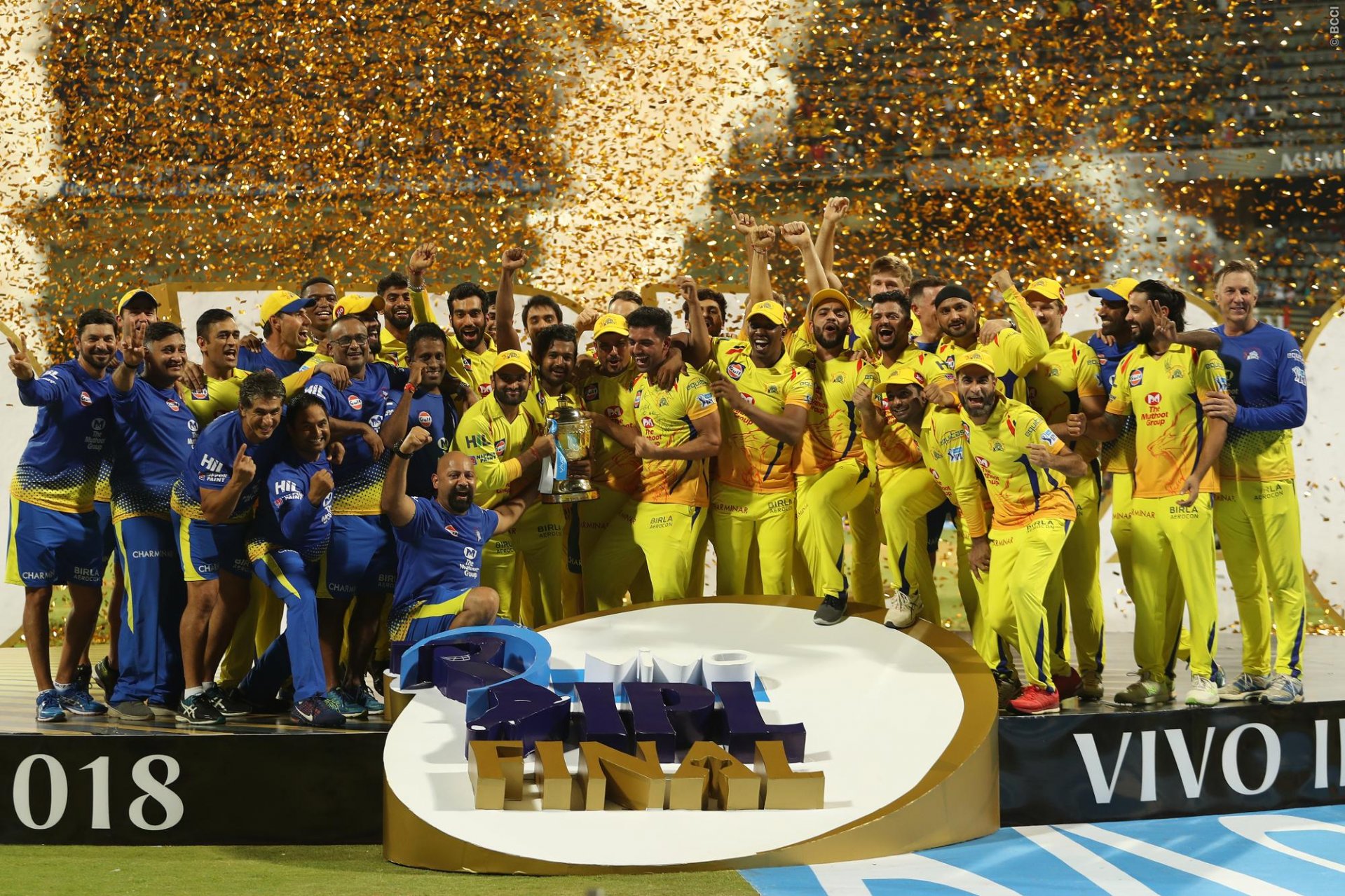
The biggest T20 of all however is the Indian Premier League which has recently sent cricket to new heights in terms of audience, size and money. Despite only being founded in 2008, the IPL has already attracted a huge fanbase. It is the highest attended cricket league in the world and has the sixth highest average attendance of all world-wide sport leagues. The league attracts big names from across the globe. West Indies great, Chris Gayle, former Australian captain Shane Watson, and England record breaker, Ben Stokes, have all plied their trade in the IPL in recent years. The IPL follows a round robin league format, followed by playoffs to determine who will play in the IPL final. In May 2018, a women’s exhibition match was played in Mumbai, with the hope of a women’s IPL emerging over the coming years.
Who to Watch
Historically, India, England, Australia, Pakistan, New Zealand, South Africa, Sri Lanka and the West Indies are the dominant cricketing nations. However, countries can differ on which variation of the sport they excel at.
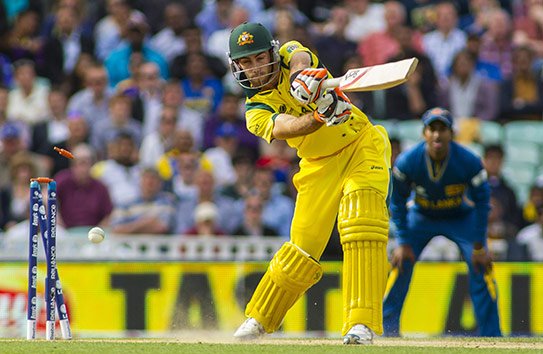 As of February 2019, India are the highest ranked men’s Test side. On home turf, the men’s team are a formidable opponent, losing just one Test match in India since 2013. The West Indies are the most successful men’s T20 team, having been crowned ICC World Twenty20 champions on two occasions, whilst Australia are the most decorated women’s T20 team, with four ICC World T20 titles to their name. Australia are also the most successful ODI side. The men’s team have won five Cricket World Cups, whilst their female counterparts have a staggering six titles.
As of February 2019, India are the highest ranked men’s Test side. On home turf, the men’s team are a formidable opponent, losing just one Test match in India since 2013. The West Indies are the most successful men’s T20 team, having been crowned ICC World Twenty20 champions on two occasions, whilst Australia are the most decorated women’s T20 team, with four ICC World T20 titles to their name. Australia are also the most successful ODI side. The men’s team have won five Cricket World Cups, whilst their female counterparts have a staggering six titles.
In the 2018 County Championship, Surrey stormed to victory with two games to spare. They have a core of youthful, home grown talent due to the success of their academy. Surrey’s title winning campaign was characterized by their ability hit huge run targets, and they have gone on to win by an innings on multiple occasions this season.
Similarly to Surrey in the County Championships, it was youth that triumphed in the Vitality T20 Blast. Worcestershire Rapids, the youngest side in the competition, captured their maiden title on their first appearance at Finals Day. They overcame a Sussex side who also deserve a mention for their stunning bowling throughout the campaign. The Women’s Cricket Super League was won by the Surrey Stars, as they impressively overcame a Loughborough Lightning side who had looked strong favourites for victory, having comprehensively topped the Super League table.
The reigning Big Bash champions are the Melbourne Renegades. A tremendous season was rounded off in style as they beat their city rivals, the Stars, in the final. Perth Scorchers hold the most Big Bash titles. They have won the tournament on three occasions, an impressive feat considering the Big Bash is just eight years old. Perth’s female counterparts have been runners-up twice, but in the Women’s Big Bash the team to beat are the champion Brisbane Heat.
The Chennai Super Kings clinched their third IPL title in 2018, chasing down a tough run target of 179 in the final with apparent ease. They are the most successful side in the tournament’s history alongside the Mumbai Indians, who also have a hat-trick of IPL titles in their trophy cabinet.
All Time Great Sides
Few sides in world cricket have been as daunting as the West Indies side of the 1980’s. Their pace in bowling was matched by their ruthlessness in batting. The West Indies were branded “the Invincibles”, and with good reason. Between 1984-1991, they did not lose a single test series, a display of supreme dominance and impeccable consistency. This included a 5-0 series win in England, the only time an away side has recorded a whitewash in test history.
In 1995, Australia beat the great West Indies side. This was a sign that the tides were turning, and so began a huge period of ODI and test dominance for the Aussies. They won three World Cup titles on the trot, and won a record 16 test matches in a row between 1999-2001. This was an astounding feat, but the Australians then did it again four years later.
Players to Watch
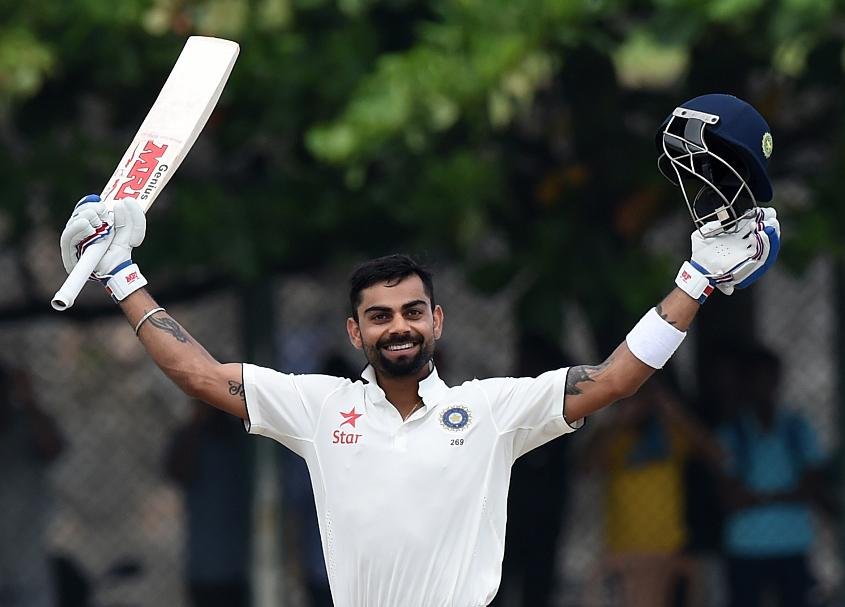
India captain Virat Kohli is widely considered one of the greatest batsmen ever to play the game. He made his international debut aged just 19 and worked his way to making his Test debut three years later. Kohli has been a stalwart in the team ever since and always guarantees big run scores. However, it is the grace, style and elegance that Kohli brings to the cricket pitch that makes him a joy to watch.
James Anderson of England is one of the most lethal bowlers in the world. He has sent wickets and records tumbling during his illustrious career. Anderson is England’s greatest ever fast bowler and one of only six bowlers in the history of the game to take over 500 wickets. For fans, he is a delight to watch; for batsmen, he is frightening.
Australia’s Ellyse Perry is a force to be reckoned with. She has taken the cricket world by storm since making her international debut at the tender age of 16. Not only is she a supremely talented right arm bowler, Perry is also a record breaker with the bat. Undoubtably the greatest all-rounder in the game, she has been an integral part of Australia’s dominance of the women’s game. In addition to her cricketing talents, Perry is also a highly accomplished footballer, making 18 appearances for Australia.
All-time Greats
Sachin Tendulkar is regarded as one of the greatest players to ever grace the cricket field. His prowess with the bat tormented bowlers for 24-years. Racking up a record breaking 34,347 international runs in a glittering career, Tendulkar is a legend of the game.
Talking of legends, Shane Warne must be mentioned. The Australian spin bowler was unplayable during Australia’s Ashes success in the early 90s. Warne was the second player in the history of the game to take over 1000 international wickets and is universally regarded as one of the greatest bowlers of all time.
But arguably the greatest Australian cricketer of all time, and perhaps the greatest ever player, is Don Bradman. He broke into the Australia team at 20 in 1928 and went on to amass a batting average of 99.94, an astonishing achievement. After the second World War, Bradman captained Australia to a famous unbeaten tour of England. This Australian side went on to be branded “The Invincibles”. It is unlikely the cricket world will ever see batting statistics like that of Bradman again.
Charlotte Edwards was a rock for England, who she captained for 10 years. She led England to World Cup glory and consecutive Ashes victories. Very few players demonstrate the consistency of Edwards. Her Test average of 44 is an incredible feat from a phenomenal athlete.
Where to 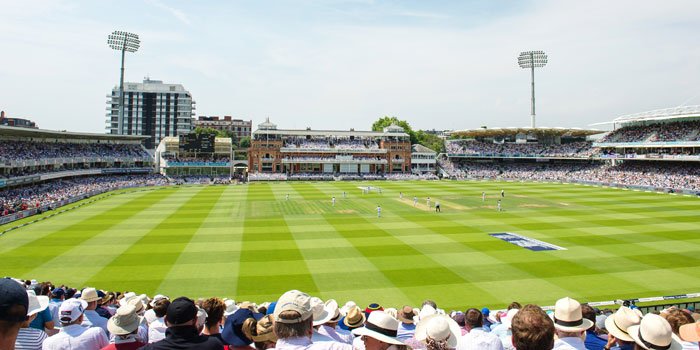 See It
See It
Lord’s Cricket Ground in London is universally recognised as the “Home of Cricket”. The famous 28,000-seater stadium is the home of Middlesex County Cricket Club, and also contains the world’s oldest sports museum. Having hosted England fixtures for over 200 years, Lord’s is undoubtedly the most historic and illustrious venue to catch a cricket match. Fixture can help with a visit to Lord’s.
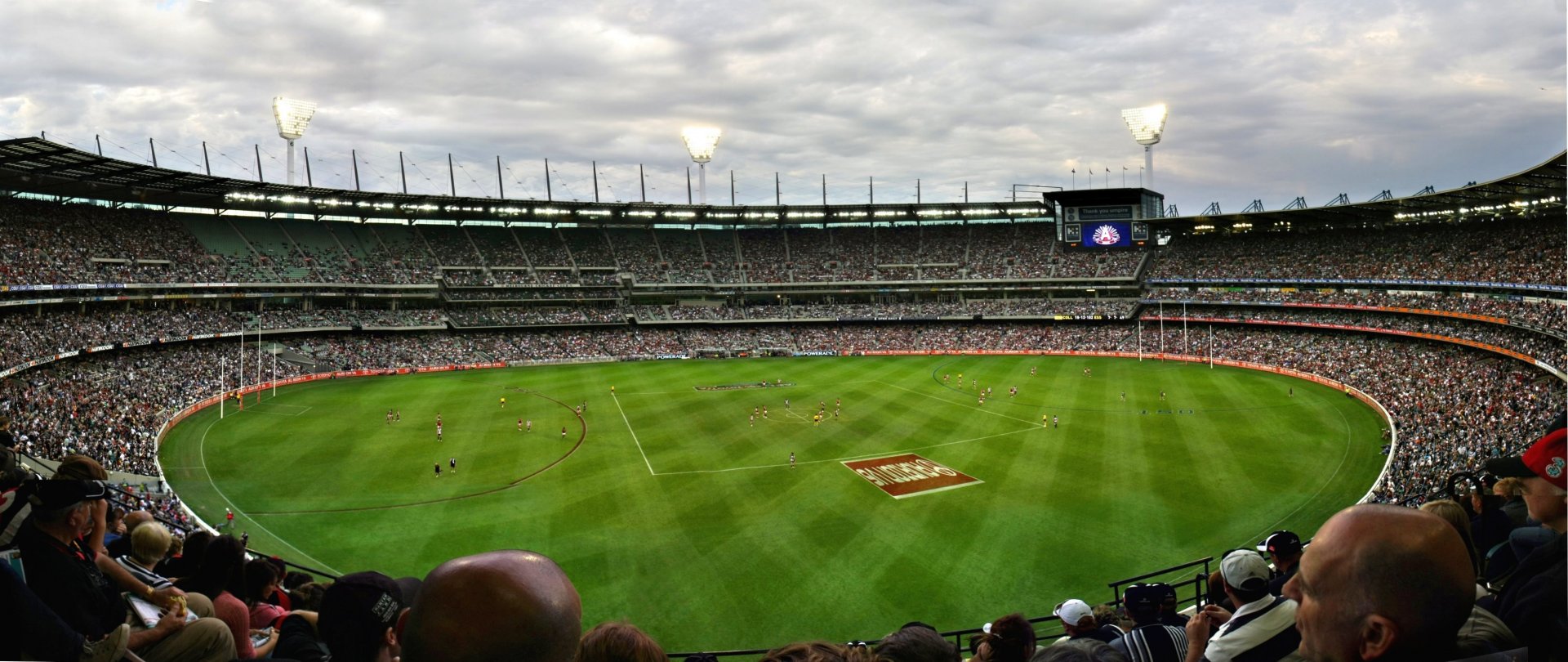
The Melbourne Cricket Ground in Australia is the largest cricket stadium in the world. Boasting a capacity of a massive 100,024, it is the 10th largest sporting arena on the planet. When full, the atmosphere is electric. Fixture can organise a trip to the MCG.
Eden Gardens in Kolkata is India’s iconic home of cricket. Bengal and the Kolkata Knight Riders play their home fixtures at the 66,000-seater stadium. To witness one of crickets’ great sides, India, led out by the great Virat Kohli at Eden Gardens, one of the world’s great arenas, is the stuff of sporting dreams. Hopefully Fixture will offer trips to India soon.
Written on 1st October 2018
Photos by ICC Cricket; ECB; IPL; Lord's Cricket Ground
Contact us to organise your next trip